These OLED TVs Offer A Sharp, Impressive Picture
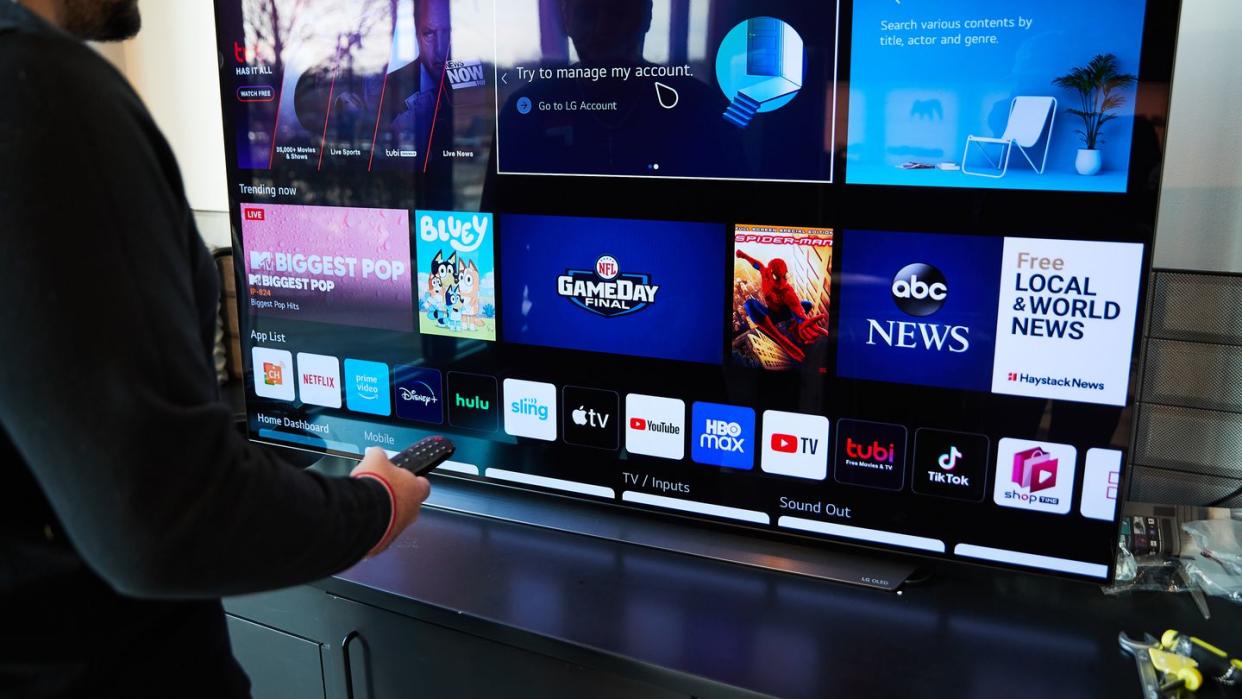
"Hearst Magazines and Yahoo may earn commission or revenue on some items through these links."
There’s no such thing as a “bad” OLED TV. Organic Light-Emitting Diode (OLED) displays have the ability to adjust the brightness of each individual pixel on the screen, creating perfect black levels and incredible contrast. As a result, OLED TVs are consistently considered as top-rated models among reviewers, videophiles and discerning picture purists everywhere.
As always, though, some TVs are better than others. Along with top features and sleek designs, the best OLED TVs have gotten brighter in recent years, overcoming one of the technology’s most notable downsides. But how do you know which OLED TV is right for you? Luckily, we’ve done all the work for you to guide you in your quest. So peruse the list below with confidence, knowing you’ll find the very best of the best.
More TV Talk: Best 4K TVs ● Best Cheap TVs ● Best 8K TVs
The Best OLED TVs
Best Overall: Samsung S90C
Best Value: LG B3
Best Picture Quality: Sony Bravia XR A95L
Best Design: LG G3 evo
Best For Gaming: Samsung S95C
Best in Small/Large Sizes: LG C3 evo
Best Smarts: Sony Bravia XR A80L
The Expert: I’ve been covering and reviewing TVs and other A/V technology for over a decade at publications like Wired, Reviewed, and Digital Trends, among others. I’ve evaluated virtually every kind of TV display technology available, from the cheapest budget screens to the priciest premium TVs. I’ve gone hands-on with some of the best new 4K TVs on the market from brands like Samsung, LG, Sony, and others, and I have a passion for finding folks the very best option for their money.
What to Consider in An OLED TV
OLED Vs. QLED
The TV industry is rife with acronyms, which can be hard to understand without a study session beforehand. “OLED” and “QLED,” the two current premium display technologies, are particularly confusing, as they look almost identical at a glance but are actually quite different.
Organic Light Emitting Diode (OLED) displays are self-emissive. Instead of a backlight, there’s a layer of organic material inside the screen that, when excited by electricity, can light each pixel independently for incredible image control. Since they don’t need a backlight, OLED screens can create perfect black levels: The contrast between the lightest and the darkest images on screen makes everything feel more realistic, brighter, and more vibrant. Add in excellent brightness and voluminous colors and you’ve got a spectacular picture.
QLED displays, on the other hand, feature an enhanced version of the conventional LCD (Liquid Crystal Display) technology that has been used in TVs for decades. They boost the image quality of a traditional LED backlit screen by adding a layer of tiny nanoparticles called “quantum dots,” which brighten with specific colors when activated by a light source. This enhances the TV’s brightness and color volume for better overall contrast and image quality.
Put another way, QLED is an enhanced LED TV, while OLED TVs feature an entirely different type of backlighting technology. Since QLED displays still feature a separate backlight, they don’t offer the same level of control or contrast as an OLED display. The best QLED screens come close, though, and generally provide higher brightness than OLED screens.
What About QD-OLED?
So, what happens if you add that same layer of quantum dots from a QLED to a self-emissive OLED display? You get the best of both worlds. More precisely, you get Samsung’s S95C and S90C QD-OLED TVs, which marry the brightness and enhanced colors of quantum dots with OLED’s deep black levels and striking contrast. Sony also uses this technology for its A95K and A95L TVs. QD-OLED TVs generally can’t get as bright as the most powerful QLED TVs, but they’re still plenty bright.
Other brands have found their own way to make OLED TVs brighter, overcoming the most common complaint about the tech. LG’s latest OLED “evo” panels use an array of hardware and software enhancements to offer similar brightness to QD-OLEDs. These additions have spawned breakthroughs in OLED performance, making this year’s new top-of-the-line TVs all the more appealing.
HDR Vs. SDR
All of the TVs on our list support high dynamic range (HDR), which provides a boost in both brightness and color volume on compatible content, including PlayStation 5 and Xbox games, 4K Blu-rays, and some streaming content.
HDR comes in multiple flavors, ranging from basic HDR10 (which all HDR TVs support); Hybrid Log Gamma (HLG), designed for broadcast content; as well as step-up options in Dolby Vision and HDR10+.
The latter two are “dynamic” formats, which react and adjust brightness and contrast on a frame-by-frame basis to provide a more accurate picture.
Dolby Vision is the more common of the two, making it most likely to become the default high-end HDR format down the line. For now, though, you don’t need to worry too much about which HDR formats your TV supports. In most cases, your TV will default to the top format it supports from the content source you’re watching, and you’re unlikely to notice a major difference between dynamic and static formats.
Other Aspects to Consider
Brightness alone is not the end-all-be-all of TV performance, especially for OLED TVs. While you’ll hear a lot about “peak brightness” from plenty of users and reviewers alike, this generally only accounts for small sections of the screen at any given time. Brightness is still important, but it’s not the full picture, so to speak.
To really see the technical quality of a TV, you should also look at specs like color gamut, which measures how much of a given color spectrum a TV can reproduce under certain conditions. This can enhance the viewing experience by creating brighter, more natural colors with better shading that more accurately represents what we see in the real world.
It’s also important to look at features that can enhance image quality like picture processing software. Your TV’s performance ultimately depends on the manufacturer’s processing as much as the quality of the panel itself.
A TV’s refresh rate – how many images it can display in one second – is also important when it comes to recreating fast-moving video content smoothly. Each TV on our list offers at least a best-in-class 120Hz refresh rate, allowing the panel to refresh images at a superior rate for better motion response compared to cheaper 60Hz panels.
Gamers will also want to look for features that optimize TV performance for next-gen gaming consoles like VRR (Variable Refresh Rate), which lets the TV automatically adjust its frame rate on the fly to match the output of a PC or console. I’d also look for Auto Low-Latency Mode (ALLM) to reduce the TV’s general response time. Once again, every TV on our list offers these features, and some offer additional enhancements like a gaming hub for cloud gaming, and multiple HDMI 2.1 ports, which enable features like VRR and ALLM in compatible hardware.
How We Selected The Best OLED TVs
I picked these TVs based on my experience testing and reviewing OLEDS all year ‘round. I used specific testing content, including the latest Spears and Munsil testing discs for calibration and settings adjustment, as well as a wide array of streaming, broadcast TV, and Blu-ray content in 4K, full HD, and standard resolution.
I also researched a wider array of TVs for reference, gathering specs, manufacturer information, and critical consensus from sites like Rtings, TechRadar, Digital Trends, Reviewed, and others. Last, but not least, I checked user reviews from retailers like Crutchfield, Best Buy, and Amazon to assess buyer feedback and general product reliability.
S90C
Samsung’s second-tier OLED TV is actually just a lightly refreshed update of last year’s flagship, the Samsung S95B. It delivers fantastic picture quality led by powerful brightness, vivid colors, and incredible contrast, great features, and a premium design at a price well below its predecessor.
While the S90C doesn’t get quite as bright as pricier flagship OLED TVs, it’s got plenty of punch in both SDR (Standard Dynamic Range) and HDR (High Dynamic Range) content. The new model also gets a big gaming-focused update, with a 144Hz refresh rate for smooth performance on PS5 and modern Xboxes, as well as Samsung’s marvelous Gaming Hub.
The only notable drawback is that, like all Samsung TVs, the S90C doesn’t support Dolby Vision HDR content. Still, this is a killer package that adds up to the best deal on an OLED TV out there.
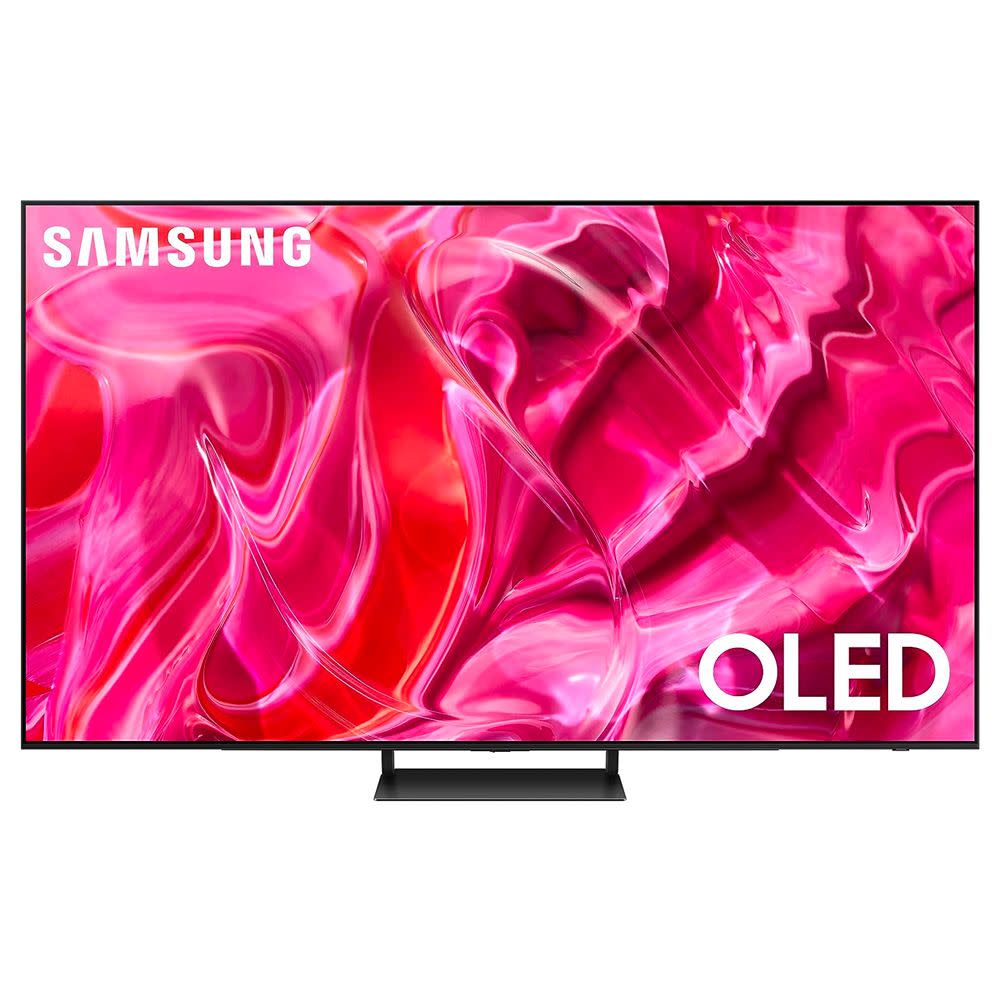
S90C
amazon.com
$1597.99
B3
LG’s B3 is something of a marvel. It’s one of the most affordable OLED TVs on the market, but doesn’t feel like a compromised “budget” pick. While the B3 doesn’t offer the potent brightness of this year’s flagship models, it still provides all the spoils of OLED, including rich colors, excellent contrast, and perfect black levels.
It also offers a bevy of special features, including LG’s impressive gaming hub, dual HDMI 2.1 ports for next-gen gaming, and Dolby Vision IQ, which optimizes Dolby Vision HDR content based on your room’s lighting conditions. Make no mistake, this is a very capable TV that will dazzle friends and family, at a nice price.
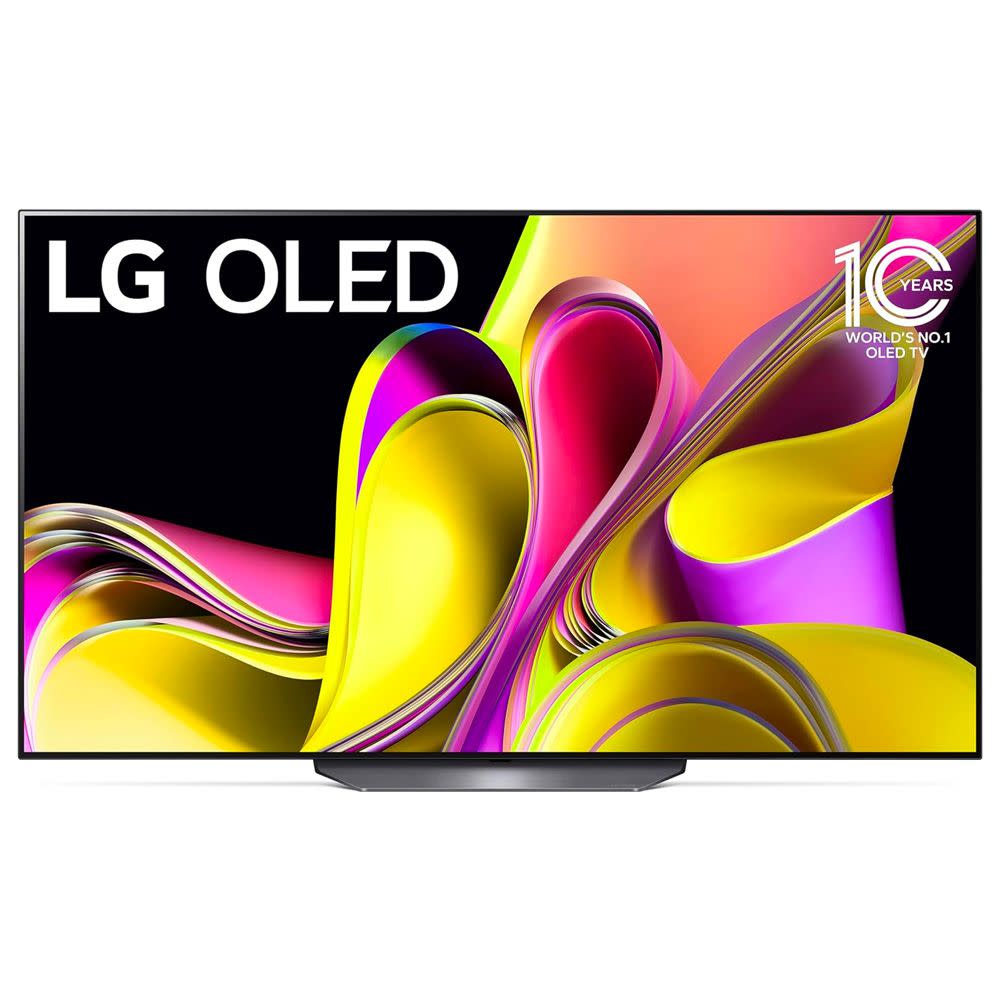
B3
amazon.com
$1496.99
Bravia XR A95L
Sony’s A95L takes QD-OLED to the next level, blending blazing brightness and vivid colors with incredible picture processing. Sony’s Cognitive Processor XR technology analyzes what you watch and recreates it the same way we see images in the real world, even focusing processing on images we tend to focus on like main characters.
The result is performance that’s immersive, refined, and stunningly detailed, amounting to the best picture quality we’ve seen in a TV to date.
In addition to a heart-stopping picture, you’ll also get impressive features like Sony’s gaming hub for optimizing your gameplay on the fly, an intuitive Google TV interface, and HDMI 2.1 support. It also has the best onboard sound I’ve heard in a TV thanks to Sony’s actuator technology, which turns the entire screen into a speaker.
It certainly isn’t cheap, but if you’re looking for the best all-around performance on the market, your search is over.
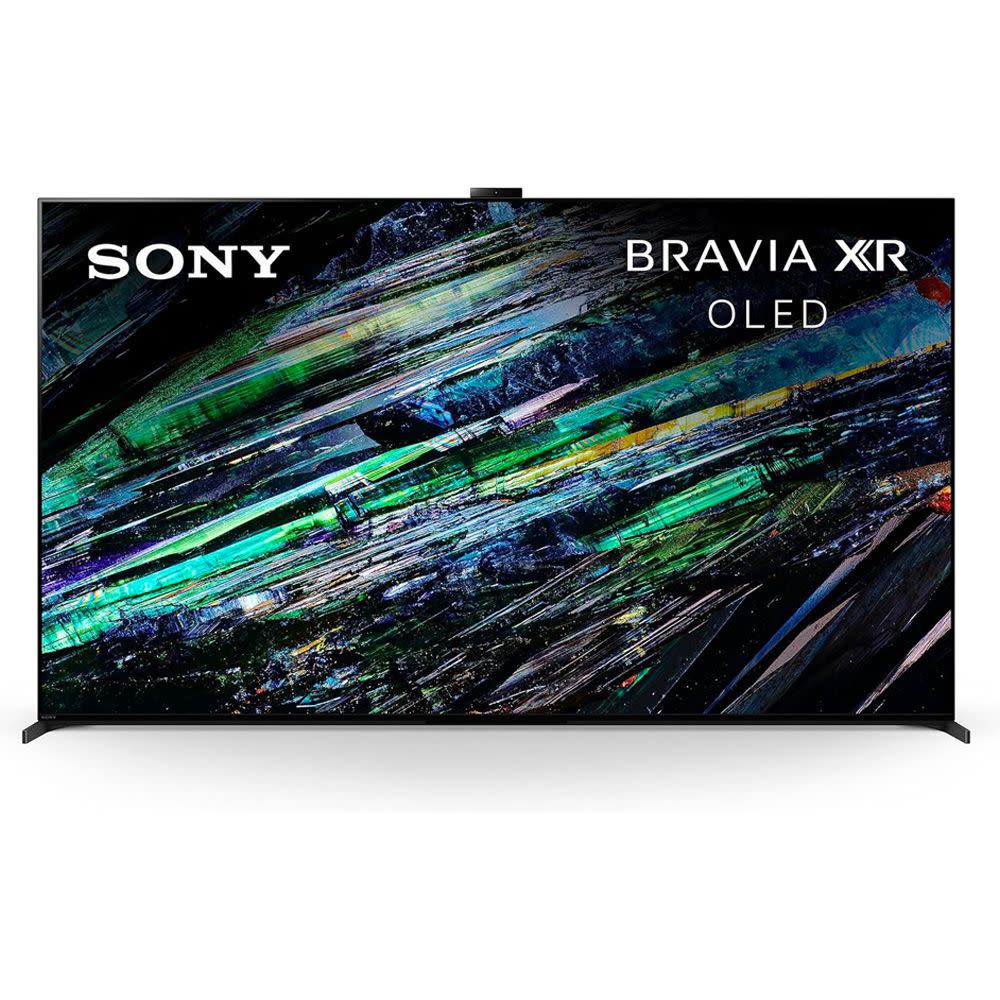
Bravia XR A95L
amazon.com
$3498.00
G3 evo
LG’s G3 is designed to be mounted, sitting flush to the wall with a sleek, slim, and uniform frame. If you’re the type who cares as much about how your TV looks on the wall as how your shows and movies look on screen, it can blend elegantly into your living room. Premium aesthetic aside, this is also LG’s flagship OLED, and has the performance and features you’d expect from the best of the best.
The G3 leverages LG’s best “evo” panel technology, which provides top-notch brightness, rich and precise colors, great motion response, and deep shadow detail.
It’s also flush with extras, including cloud gaming with LG’s gaming hub, four full-bandwidth HDMI 2.1 ports, dual-screen viewing with select content, and more. LG’s webOS can feel a bit cluttered, but you can overlook it (or use a streaming device) for the G3’s elite image quality and elegant design.
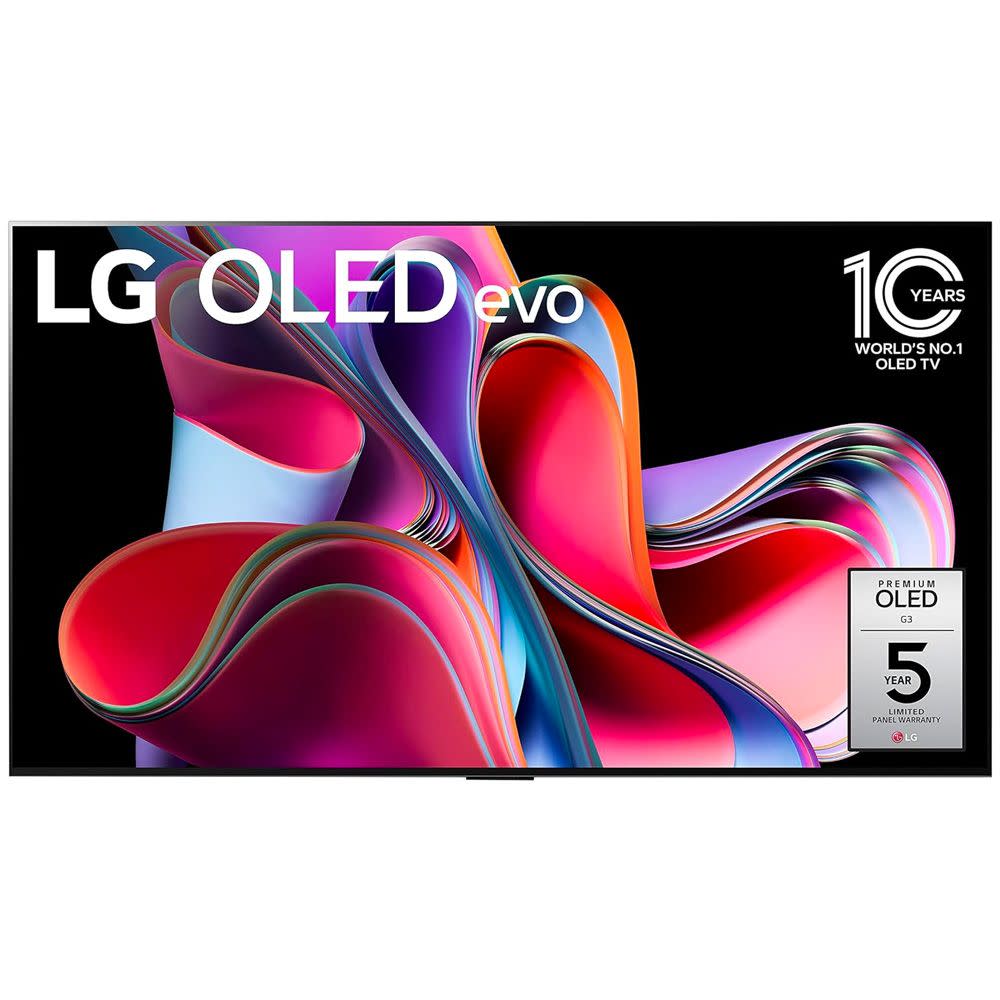
G3 evo
amazon.com
$2497.00
S95C
All of the TVs on our list offer next-gen gaming features like VRR and ALLM, but Samsung’s TVs take things further with its fabulous gaming hub. Not only is it intuitive and inviting, it also offers the best cloud gaming hub on the market, with support for options like Amazon Luna, Nvidia GeForce Now, and Xbox Game Pass built right in. You’ll also get four HDMI 2.1 ports, near-instant response time, and an ultra-fast 144Hz panel refresh rate with supported content.
You’ll get access to Samsung Game Hub in the more affordable Samsung S90C, but I wanted to highlight the S95C because its more powerful QD-OLED display matches deep contrast and perfect black levels with retina-tickling brightness and expansive colors, generating one of the most impressive gaming experiences I’ve seen.
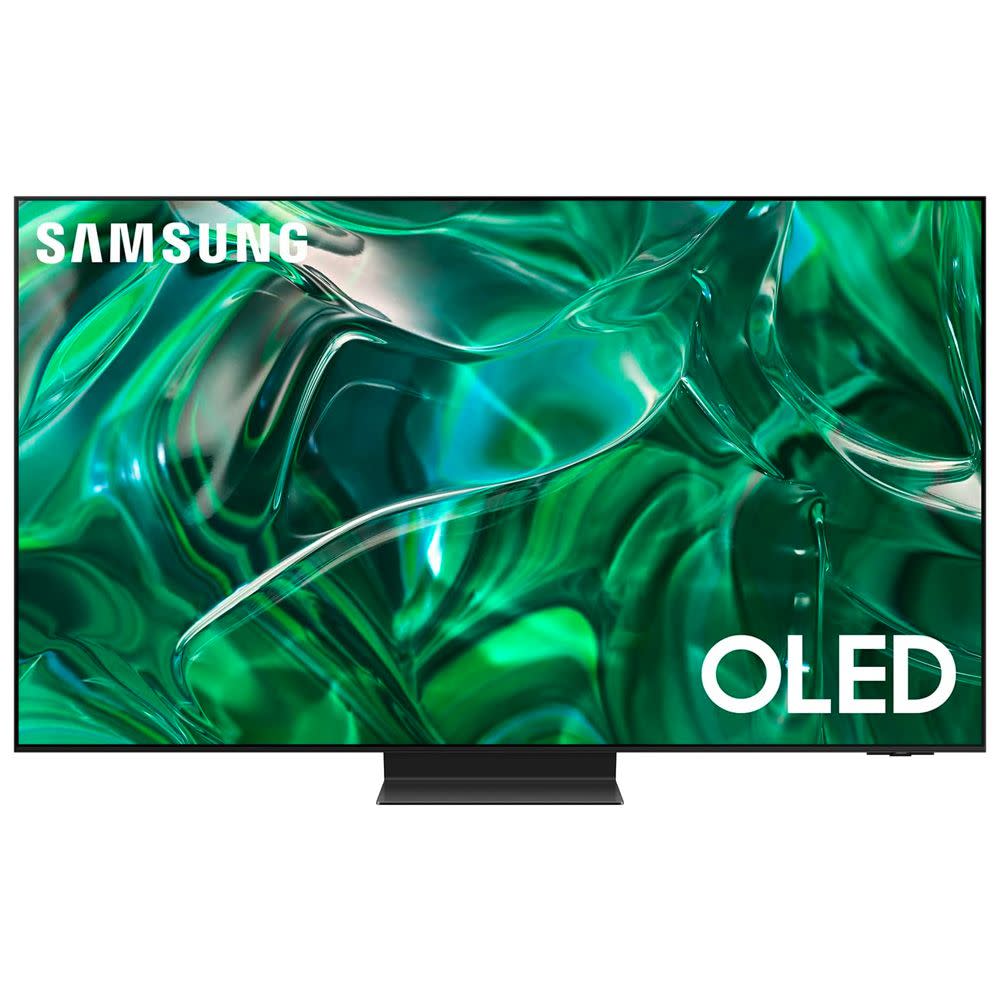
S95C
amazon.com
$3897.99
C3 evo
LG’s C-series is OLED TV royalty, and for good reason. This year’s C3 evo once again gives you sensational performance, as well as every gaming feature LG makes in a luxe design that comes in a remarkably versatile range of sizes. Available in everything from a bedroom-friendly 42 inches to a massive 83 inches, and everything in between, the C3 is as accommodating as it is visually impressive.
It’s also just a great TV for the money. The C3 doesn’t get quite as bright or offer the same showy colors as the similarly priced S90C, but LG’s penchant for naturalistic colors and deep shadow detail shine through in everything you watch. We also think LG’s webOS could use a redesign, but it’s snappy and responsive, with built-in cloud gaming and all the features you’d expect from a TV of this caliber.
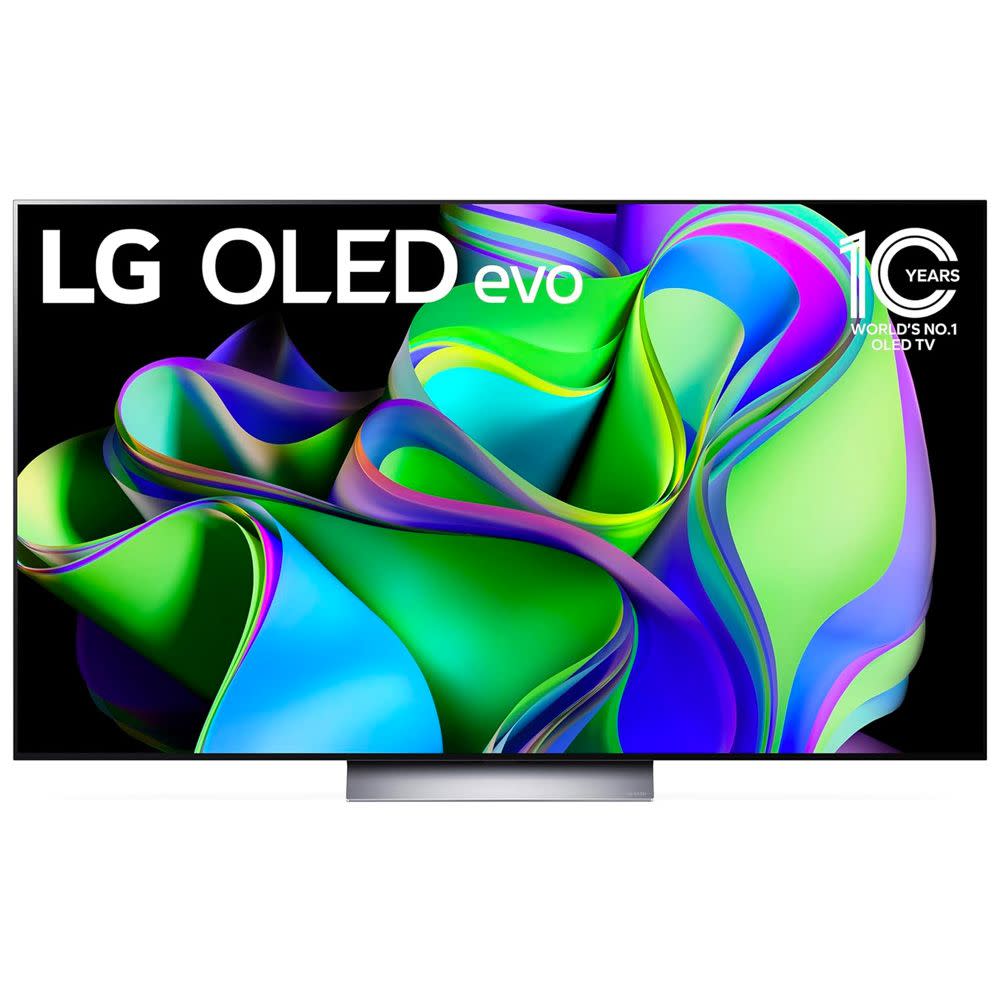
C3 evo
amazon.com
2000.00
Bravia XR A80L
Sony’s A80L isn’t the brightest or most feature-packed OLED TV on my list, but it has two very important things going for it: Sony’s incredible picture processing, and the superb Google TV smart interface. When combined, it creates a TV that’s both subtle and sweet when it comes to picture performance, and remarkably easy to set up and use.
The A80L doesn’t get as blazing bright as rivals from Samsung and LG, but Sony’s Cognitive Processor XR brings a sense of clarity and realism that’s lovely to behold. It also has some solid features, including the same VRR and ALLM gaming features you’ll get with others on this list, Dolby Vision HDR, and a sleek and simple design. Its lack of overall brightness means it’s not the best for bright rooms. But if great smarts are important to you, the A80L is well worth considering.
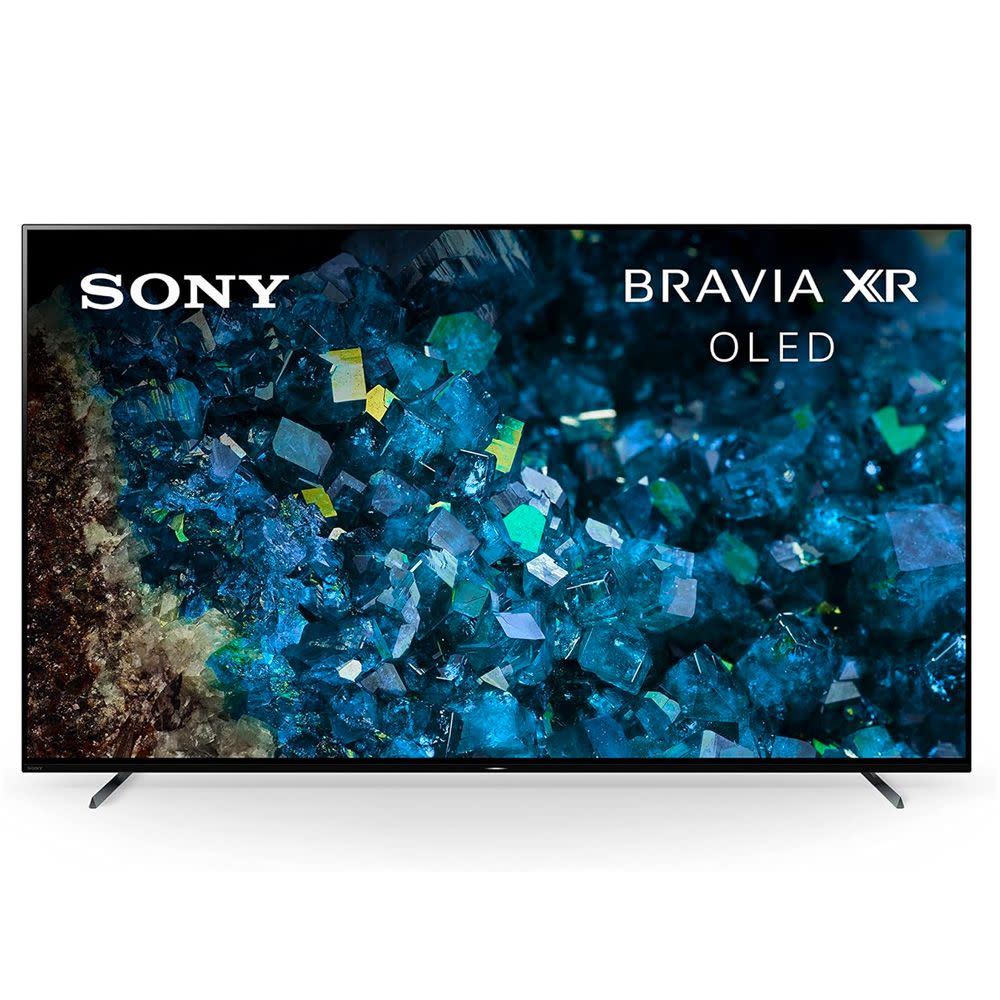
Bravia XR A80L
amazon.com
$1898.00
Q+A With Home Theater Expert Ryan Waniata
What’s the difference between 4K and HD resolution?
All of the TVs on this list offer 4K resolution, using four times as many pixels as a 1080p HD TV. More pixels means better resolution for enhanced definition, clarity, and overall detail. Some content is made for 4K, so the impact will vary, but most modern 4K TVs can upscale standard HD content, so everything you watch will look better.
While all modern 4K TVs do a pretty good job upscaling content, generally, the more premium the TV, the better the upscaling. That can be particularly important for SD (Standard Definition) content.
What is HDMI 2.1?
HDMI 2.1 is the latest version of the HDMI input, based on standards set by the HDMI Forum, a group comprising leading electronics manufacturers. With HDMI 2.1, your TV can accept a higher bandwidth signal at up to 48Gbps.
This allows for video transfer of higher quality signals, offering 4K resolution content at up to 120 frames per second (fps), or 8K content at up to 60 fps. When coupled with features like VRR (Variable Refresh Rate), it allows for extremely fast and smooth gameplay for competitive gamers.
Since there’s no 8K content available right now, the primary use for HDMI 2.1 is gaming. The PS5, Xbox Series S/X, and high-end gaming PCs can all play some content in 4K resolution at 60-120 fps.
If you plan to plug any of these devices into your TV, make sure to plug them into an HDMI 2.1 port. Keep in mind that many TVs will have three to four HDMI ports, but only one or two will support HDMI 2.1. (Some, like the Samsung S90C, feature HDMI 2.1 support for all inputs.) Make sure to check your TV’s specs and manual so you can plug your devices in the right spots.
Should I be worried about OLED burn-in?
If you’ve held off on buying an OLED TV because you’ve heard they suffer from “burn-in” long term, let me ease your fears. Image retention, more commonly known as “burn-in,” happens when some OLED pixels age faster than others, which leads to a static image lingering on screen even after it’s no longer showing from your source content.
Reviewers found it to be a big concern with early OLEDs, especially for heavy users who spend hours upon hours with the same logo or graphic displayed on screen.
Luckily, modern OLED displays feature a number of countermeasures to prevent burn-in. Unless you plan to leave your TV on day and night without watching anything, leaving only a static image or logo on screen for days on end, you don’t have to worry about it. If you plan to use your TV like this–as a digital menu at a cafe or restaurant, for instance–you should probably go with a QLED or 4K LED TV instead.

You Might Also Like
